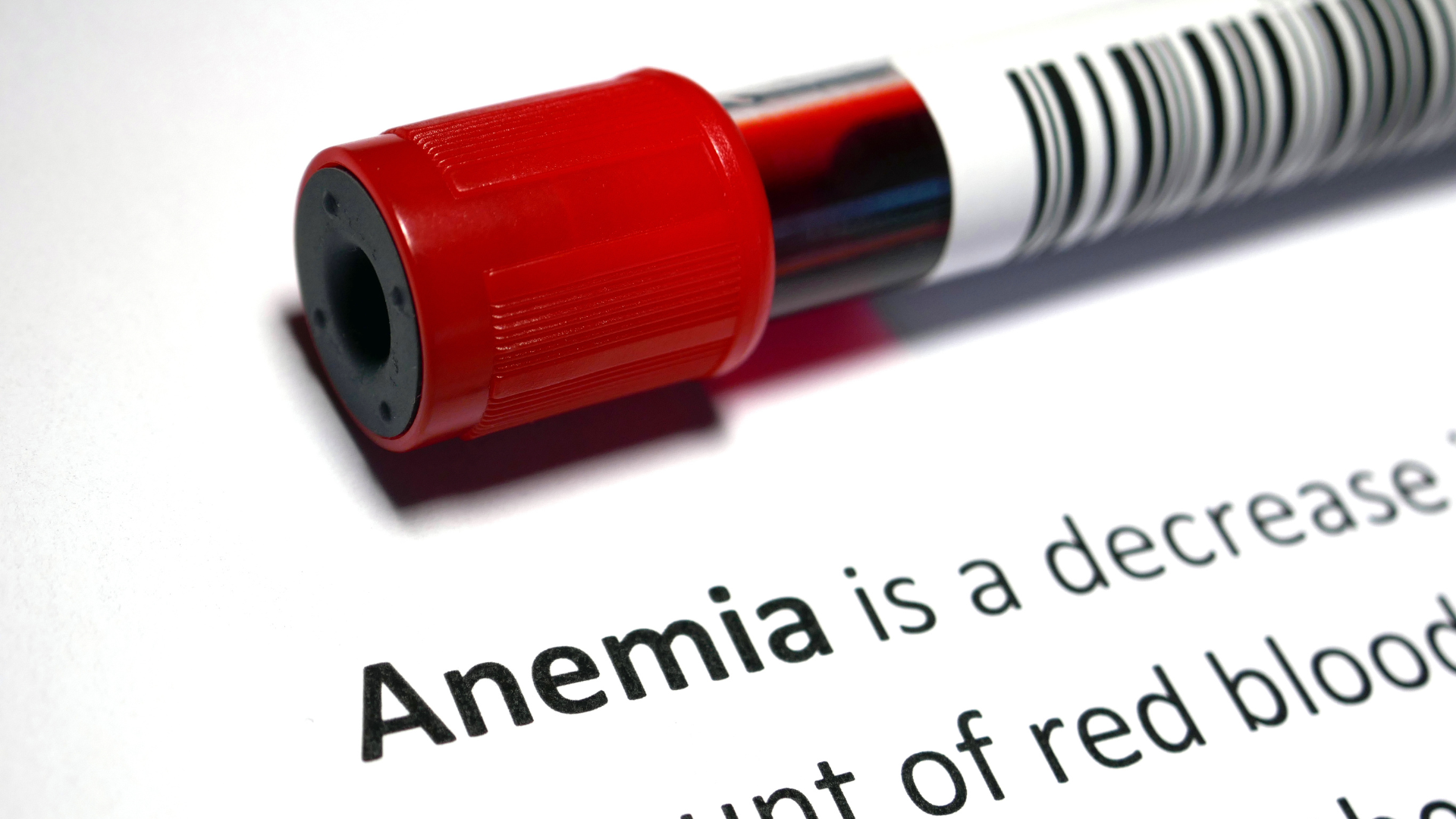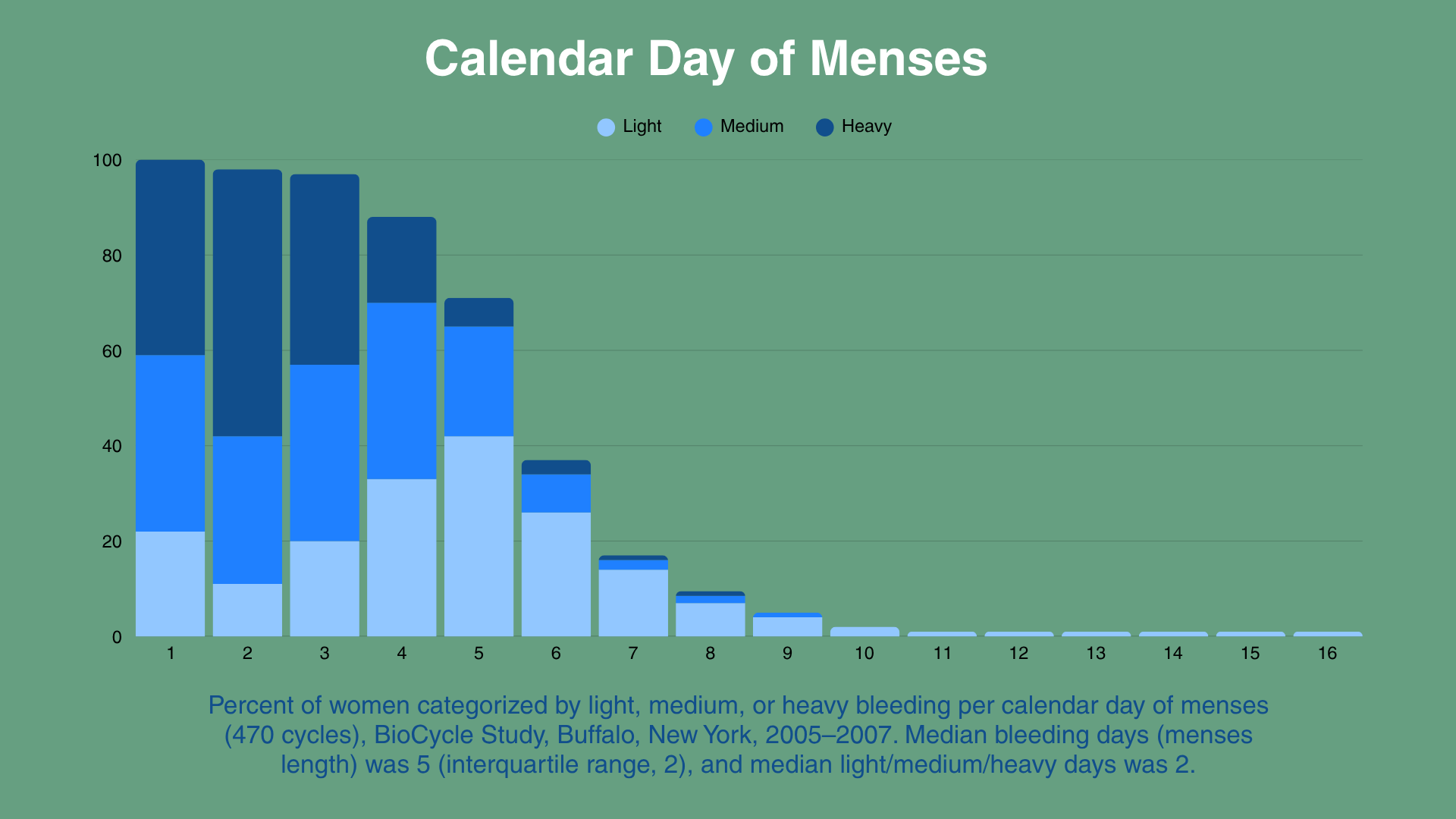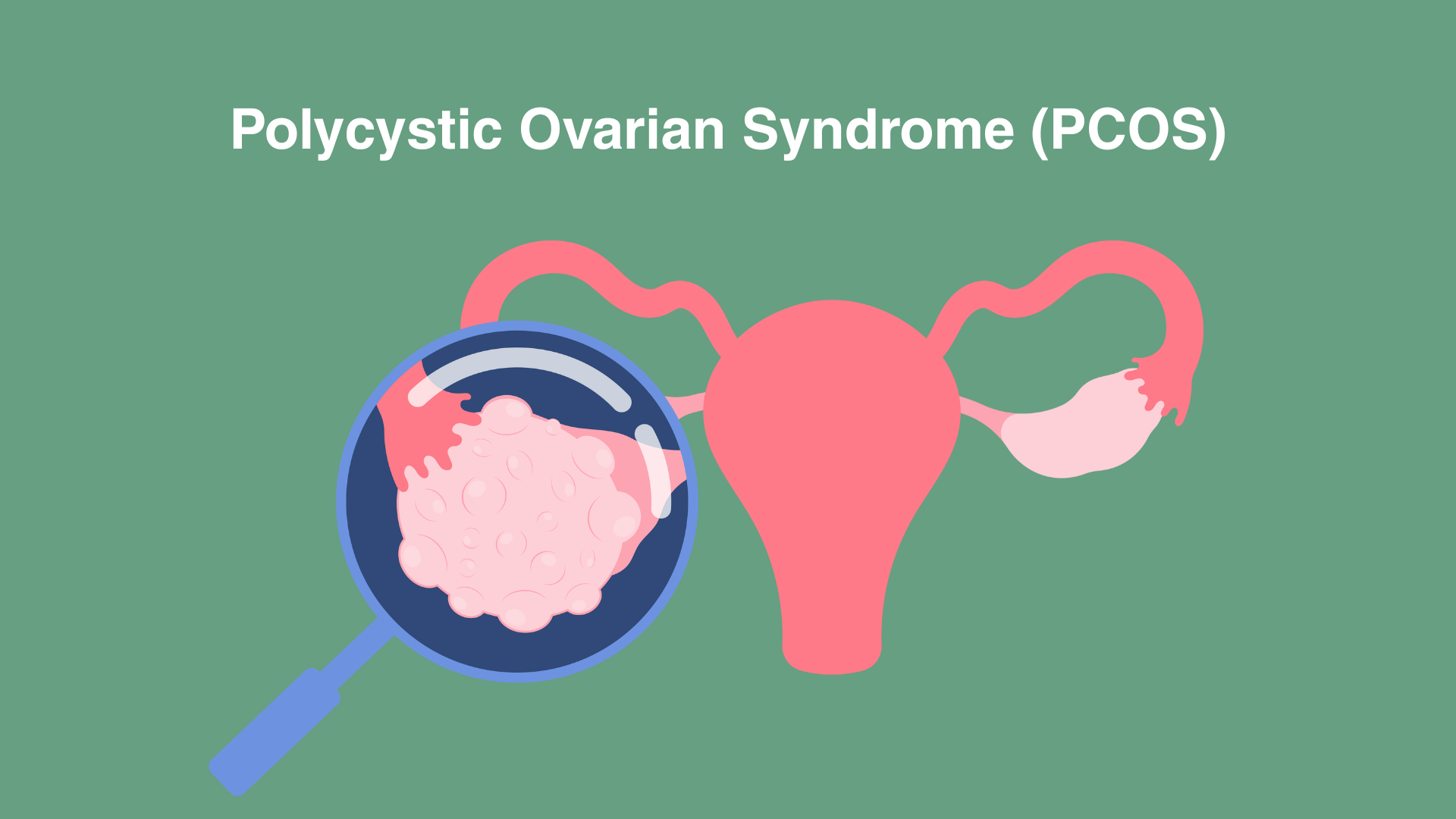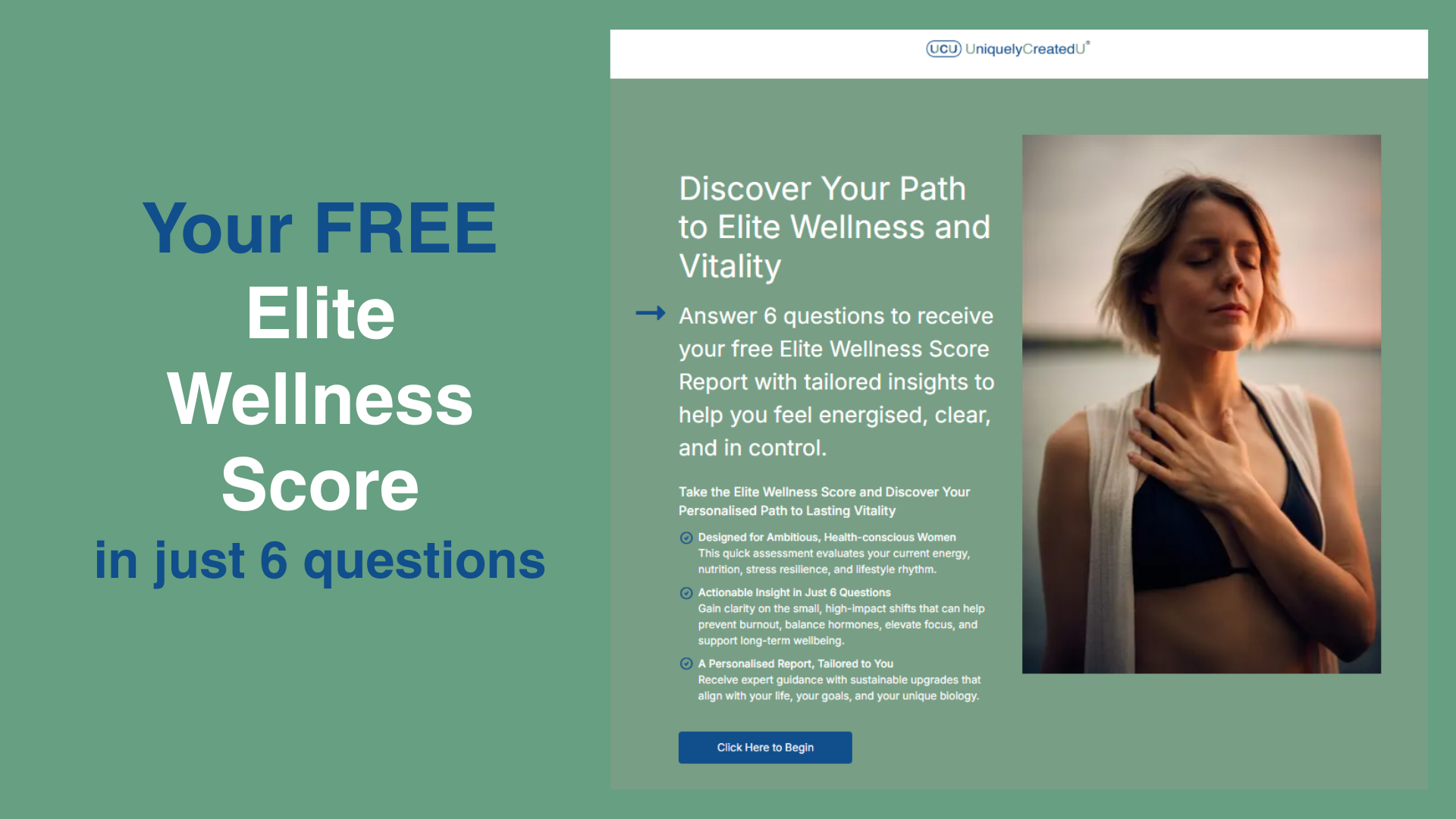When Self-Management Isn’t Enough: My Struggle with Heavy Periods, Fatigue & PCOS

Vanessa Peat
20 October 2025
I remember the early days of my journey into womanhood well, convinced I could “manage” things on my own. But over time, my monthly discomfort became a cycle of exhaustion, anxiety, and confusion. Here’s what I learnt, and what I hope others going through something similar may recognise in themselves.
The Attempt to Self-Manage, and the Emotional Toll
From my mid-teens onward, I adopted a mindset common to many: this is just how periods are for me. I’d stock up on paracetamol, ibuprofen, and was prescribed tranexamic acid. On the worst days I’d curl up on the sofa, clutch a hot water bottle, and hope I could “push through” wherever possible. But there were days when that hope was slim.
The pain wasn’t mild discomfort. At my worst, I was writhing in agony, sometimes for the first to third days within my 7-day cycle. On those days, often I could hardly leave home. I sat with a hot water bottle pressed tightly, willing the pain to ebb. Concentration disappeared, and all energy went into survival.
On the bleeding side, days one and two were overwhelmingly heavy, more often than not flooding through pads, passing sizeable clots, often the diameter of a tangerine. Days three and four decreased into medium flow, and through days five to seven, the flow would gradually cease. This meant on the first half of every period I was constantly guessing: Will I leak through? Will I need to take spare clothes with me if I leave home? Is there a bathroom nearby I can use if I need to change my tights, skirt or trousers?
It’s exhausting to live in that kind of uncertainty. The emotional strain of being caught unprepared in public or in social settings is often overlooked. You learn to mask your reality: pretend this is normal, pretend you are okay, pretend you don’t need help. You compare notes with friends (Which sanitary products do they use? How often do they need to change them?) and then feel alienated when your experience far exceeds all of theirs. Their heavy daytime choice of pad may be a mid-weight daytime sanitary product, whereas mine was a night-time ultra-long and ultra-absorbent one.
But when so much of your life revolves around mitigating or hiding symptoms, you eventually realise: this is not just a heavy period. This is your body signalling something deeper must be wrong.
When the Body Rejects “Normal”. Anaemia, Fatigue & Iron Tablets
Because I was bleeding so heavily, my iron stores were being drained month after month. As is common in people with heavy menstrual bleeding, this led to iron deficiency anaemia.
I began to look pale, I was drained of energy, and mentally foggy. Even on “good” days, I was still recovering from the previous cycle, constantly chasing reserves that never replenished fully.

I was prescribed high-dose iron tablets to give my body a chance to replenish my iron stores. But iron supplementation is not without its challenges. Higher doses often trigger gastrointestinal side effects, gas, loose stools, and increased bathroom trips, all of which can carry social embarrassment as well as personal discomfort. Many women struggle with compliance because the treatment itself becomes burdensome.
For me personally, the side effects made it a push–pull situation: I needed the iron but taking it felt like an additional burden I had to put up with.
It’s worth, at this point, grounding my story in what the medical literature says:

- In healthy menstruating women, the median bleed duration is around 5 days, with the first 3 days being the heaviest. Ref: American Journal of Epidemiology Published by Oxford University Press on behalf of the Johns Hopkins Bloomberg School of Public Health 2012.
- A “normal” menstrual period is typically 3–7 days. Bleeding longer than 7 days is often classified as prolonged or abnormal.
- Heavy menstrual bleeding (also called menorrhagia) is defined not only by volume of blood, but by whether it interferes with quality of life — e.g. “flooding,” frequent changes of pads/tampons, passing large clots.
So, when your bleeding is outside those norms, with extended duration, flooding, or clot passage, it’s prudent not to dismiss it as “normal for me.
On the iron side:
- Daily iron supplementation in menstruating women is one of the most evidence-supported interventions to improve haemoglobin, replenish iron stores, and reduce anaemia. But GI side effects are common, and higher doses, especially, may reduce adherence.
- Clinical trials show that taking iron during bleeding days does not worsen bleeding volume — this addresses a common fear.
Diagnosed with PCOS — and the Questions That Followed
When I was first diagnosed with Polycystic Ovarian Syndrome (PCOS) in my late teens, I was told that getting pregnant would likely be very difficult. At the time, this news was hard to process, as motherhood seemed a long way off. Yet, to my surprise and joy, a few years later I became pregnant with my daughter, Ivana.
However, during pregnancy, the severe pain I experienced prompted further investigations, which revealed the presence of an ovarian cyst. Because I was expecting, the medical team had to perform a laparoscopy using an epidural rather than a general anaesthetic, a delicate and unsettling experience at the time.

Looking back, I could see that I did not fit most of the symptoms. I had mild hirsutism (a few extra hairs on my neck) and episodes of extreme discomfort. PCOS is often associated with irregular periods, insulin resistance, weight gain, acne, and excess hair growth, but not everyone fits the typical profile. In my case, I was relatively slim and lacked many of the textbook symptoms.
The diagnosis made sense in context, yet I couldn’t help but wonder later, was this the full picture?
Living in Cycles of Recovery, Depletion & Anxiety
Over the years, I came to see my menstrual cycle not as a monthly inconvenience, but as a rhythmic stress test. I observed three broad phases:
- The Pre-Cycle Build-Up — Bloating, cravings and emotional changes.
- The Bleeding Phase — Crippling cramps, intense pain, heavy bleeding and the emotional turbulence that came along with dealing with these symptoms.
- The Recovery Window — The week following my period, where I continued to feel drained, depleted, and tried to rebuild my internal resources both physically and mentally to renew my strength and wellbeing in anticipation of my next cycle starting.
Because the cycle resets so quickly, I often never got back to baseline before it all began again. I lived in a fog of low reserves.
The physical strain, bleeding, pain, and iron loss inevitably drove deep emotional consequences. Even when friends or colleagues seemed carefree, I often wondered:
What’s normal? Am I broken?
The pressure to “show up” academically or socially weighed heavily. It’s a peculiar kind of whiplash to behave normally when your body feels anything but.
Finally, after years of uncertainty, consultations, and frustration, I decided: I needed a more thorough, informed path forward.
What Comes Next — And Why You Should Care
In my next article, I’ll share the turning point: when I stopped simply coping and began advocating for myself. I’ll go deep into the conversations with specialists, the choice of diagnostic tests, and how I redefined what “normal” means for me.
If you are reading this and some of my experiences resonate with you, or you are experiencing your children going through puberty and asking questions about their exhaustion, the fear of leaking, or how they are masking their anxiety, you are not alone. There is a path forward
Stay tuned for my next article, where my journey takes a decisive turn.
In the Meantime, Want to Dive Deeper?
If you’d like to get a clearer picture of your health in a structured, holistic way, you might explore the Women’s Health Elite Wellness Score. I co-designed this 6-question quiz with Dr Nicholas Peat to help women understand what is happening in their bodies at any stage of life. It’s designed to help you make informed decisions and chart a path toward true wellbeing, not just symptom relief.
You can get YOUR Women’s Health Elite Wellness Score, please just click on the image above, or via this link.

